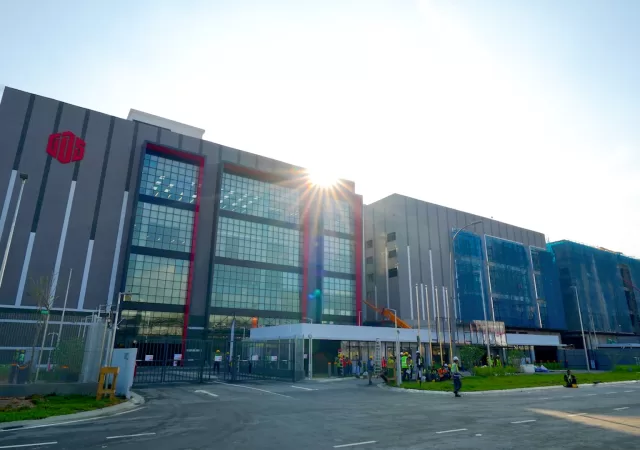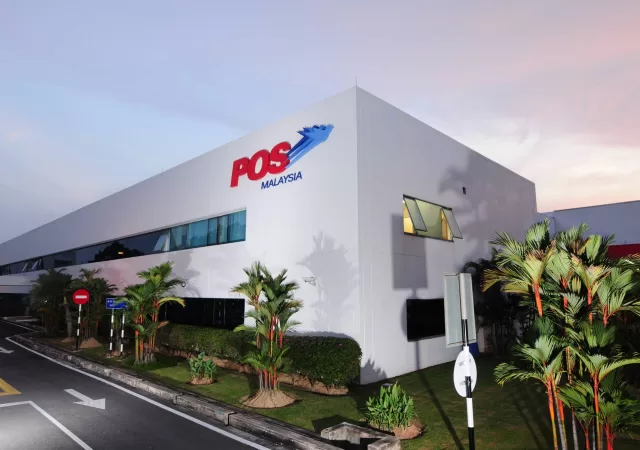Axrail launches Southeast Asia’s first Generative AI (Gen AI) Lab in collaboration with Amazon Web Services (AWS) and Phison.
DNB & Ericsson Spearhead Enterprise Digitalization With Malaysia’s World-Class 5G Infrastructure
Malaysia is poised for a digital revolution, and at the forefront of this transformation is a powerful combination: a world-leading 5G network and a collaborative program designed to unlock its potential for businesses. Digital Nasional Berhad (DNB) and Ericsson have…
GDS Empowers Southeast Asia’s Digital Transformation with Cutting-Edge Data Center in Johor, Malaysia
GDS’s strategic entry into Southeast Asia is marked by the Nusajaya Tech Park Data Center Campus, covering 22,500 sq meters and having 69.5 MW IT power capacity. GDS’s sector categorization and customer-centric approach helps it address the growing need for digital infrastructure in the region, all while utilizing the latest AI-driven digital processes.
AWS Malaysia Region to Go Live in 2024
Amazon Web Services is investing RM25.5 billion in order to construct a brand-new AWS Region in Malaysia. Get ready for 2024 when it will go live, creating a hub for innovation and driving Malaysia’s digitization.
Pos Malaysia Digitization Efforts Enhances Parcel Delivery Offering with Amazon Web Services
Pos Malaysia is going fully digital to meet the growing demands of the e-commerce sector and parcel delivery with technology from Amazon Web Services.
Service Providers: The Digital Link Between Industries, Society & Enterprise IT
Partners and Service Providers play an increasing role in bridging digital transformation goals into plans. Red Hat is weighing in on its role in industry.
Continuing the Pace of Government Innovation in a Post-Pandemic World
Government innovation is key to progressing a country. It cannot be spurred simply by world changing events. Instead, here are some ways that it can continue even now.
Google Cloud Planning Expansion in Asia Pacific Bringing New Regions in Malaysia, Thailand & New Zealand
Google Cloud announces plans for new regions in Malaysia, Thailand and New Zealand empowering local digitization efforts.
The Cloud and the Opportunity Ahead
The Cloud is providing a massive amount of opportunities that never existed before. How can companies maximise these opportunities?
Keeping Up with the Pace of Innovation with the Cloud
Speed and innovation go hand in hand when it comes to a company’s need to stay relevant. How can a this be achieved?












